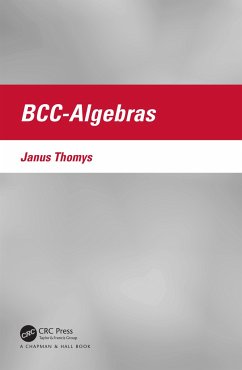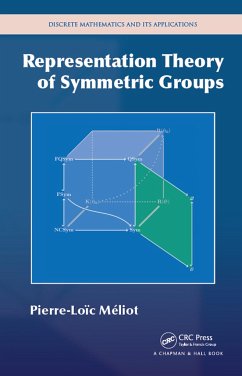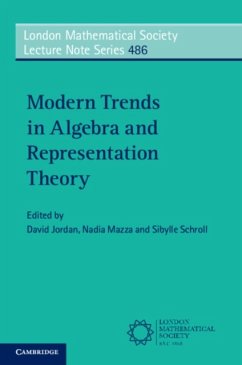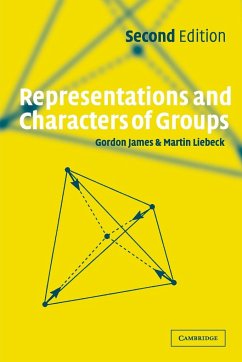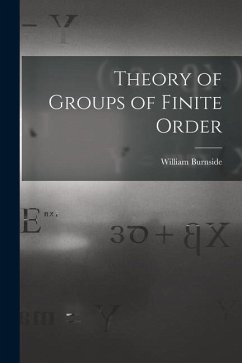
Polyadic Groups
Versandkostenfrei!
Versandfertig in 6-10 Tagen
133,99 €
inkl. MwSt.
Weitere Ausgaben:

PAYBACK Punkte
67 °P sammeln!
This book provides a general, unified approach to the theory of polyadic groups, their normal subgroups and matrix representations.The author focuses on those properties of polyadic groups which are not present in the binary case. These properties indicate a strong relationship between polyadic groups and various group-like algebras, as well as ternary Hopf algebras and n-Lie algebras that are widely used in theoretical physics.The relationships of polyadic groups with special types of binary groups, called covering groups and binary retracts, are described. These relationships allow the study...
This book provides a general, unified approach to the theory of polyadic groups, their normal subgroups and matrix representations.
The author focuses on those properties of polyadic groups which are not present in the binary case. These properties indicate a strong relationship between polyadic groups and various group-like algebras, as well as ternary Hopf algebras and n-Lie algebras that are widely used in theoretical physics.
The relationships of polyadic groups with special types of binary groups, called covering groups and binary retracts, are described. These relationships allow the study of polyadic groups using these binary groups and their automorphisms.
The book also describes the affine geometry induced by polyadic groups and fuzzy subsets defined on polyadic groups. Finally, we discuss the categories of polyadic groups and the relationships between the different varieties of polyadic groups. In many cases, we give elegant new proofs of known theorems. We also give many interesting examples and applications.
The book contains many little-known results from articles previously published in hard-to-reach Russian, Ukrainian and Macedonian journals. These articles are not in English.
The author focuses on those properties of polyadic groups which are not present in the binary case. These properties indicate a strong relationship between polyadic groups and various group-like algebras, as well as ternary Hopf algebras and n-Lie algebras that are widely used in theoretical physics.
The relationships of polyadic groups with special types of binary groups, called covering groups and binary retracts, are described. These relationships allow the study of polyadic groups using these binary groups and their automorphisms.
The book also describes the affine geometry induced by polyadic groups and fuzzy subsets defined on polyadic groups. Finally, we discuss the categories of polyadic groups and the relationships between the different varieties of polyadic groups. In many cases, we give elegant new proofs of known theorems. We also give many interesting examples and applications.
The book contains many little-known results from articles previously published in hard-to-reach Russian, Ukrainian and Macedonian journals. These articles are not in English.






